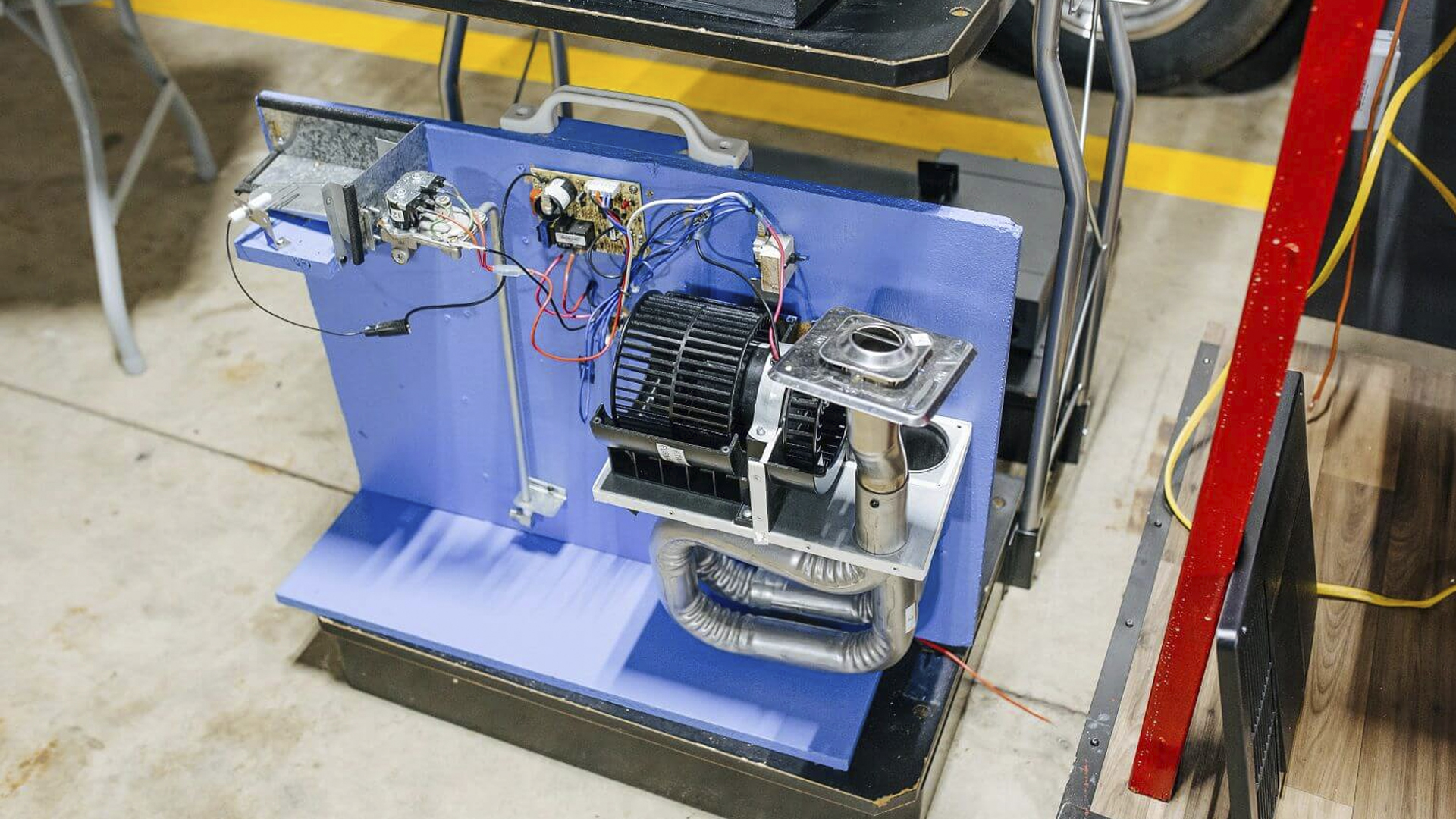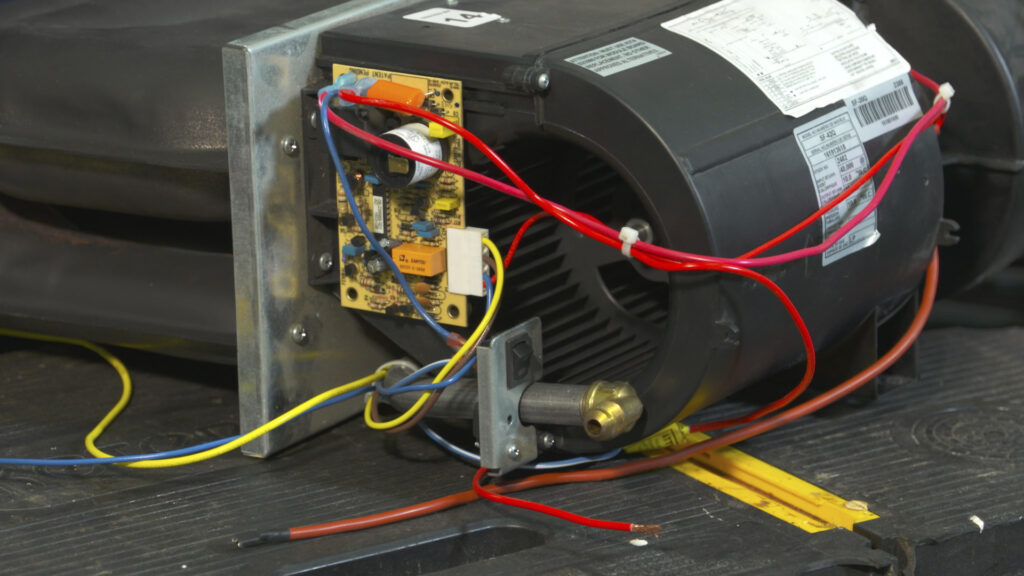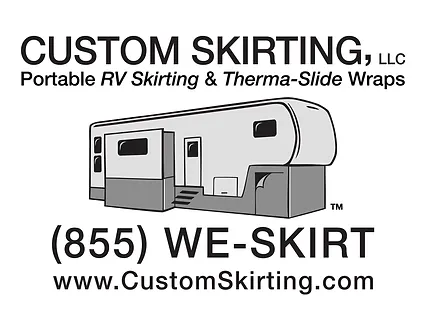
RV Furnace Troubleshooting: A Guide for Campers
Table of contents
A well-functioning RV furnace is essential for comfortable RV living, especially in colder months. However, dealing with an RV furnace not working can be frustrating. Fortunately, many furnace issues can be resolved with proper RV furnace troubleshooting. This guide will walk you through a step-by-step process to identify and potentially fix common furnace problems, saving you time and money on RV heather repair. Whether you’re dealing with an RV heater not working or wondering how to reset an RV furnace, this guide has you covered.
Understanding Your RV Furnace
Before diving into RV heater repair, it’s helpful to understand how an RV furnace works. This knowledge can make troubleshooting easier and prevent unnecessary repairs. The key components include:
- Thermostat: Detects the ambient temperature and signals the furnace to turn on or off based on the set temperature. A faulty thermostat may cause inconsistent heating or prevent the furnace from starting.
- Blower Fan: Circulates warm air throughout the RV by pushing heated air through the duct system. If the fan fails, the furnace may overheat or shut down due to insufficient airflow.
- Sail Switch: A critical safety feature that ensures the blower fan is running properly before allowing the furnace to ignite. If the sail switch is dirty or faulty, the furnace may not turn on.
- Control Board: Acts as the furnace’s brain, managing ignition sequences, monitoring safety sensors, and controlling overall operation. Malfunctions in the control board can lead to startup failures or erratic performance.
- Flame Sensor & Gas Valve: Work together to ensure safe and efficient combustion. The gas valve releases propane, while the flame sensor detects if the burner is lit. If the flame sensor fails, the system will shut down to prevent gas leaks.
- Limit Switch: Monitors temperature levels inside the furnace. If the furnace overheats, the limit switch shuts off the gas supply to prevent fire hazards.
- Duct System & Vents: Distributes the heated air throughout the RV. Blocked or restricted ducts can reduce efficiency and cause uneven heating.
Safety First: Precautions Before Troubleshooting

Before performing any RV furnace troubleshooting, follow these essential safety steps to protect yourself and your vehicle:
- Turn off the power: Disconnect the RV’s battery and unplug it from shore power to prevent electrical shocks or short circuits while working on the furnace.
- Shut off the propane: Close the propane tank valve to prevent gas leaks, which could lead to fire hazards or carbon monoxide buildup. If you suspect a gas leak, ventilate the area immediately and avoid using open flames or electrical devices.
- Ensure proper ventilation: Always work in a well-ventilated area to reduce the risk of carbon monoxide poisoning. If troubleshooting inside the RV, open windows and doors to allow fresh air circulation.
- Inspect for visible damage: Before proceeding, check for any signs of damage, such as frayed wires, cracked hoses, or soot buildup, which may indicate underlying problems.
- Know your limits: If the issue involves gas lines, complex electrical components, or unfamiliar repairs, seek professional help. Attempting DIY fixes on critical systems without proper knowledge can result in safety hazards or costly damage.
By following these safety precautions, you can perform RV furnace troubleshooting more effectively while minimizing risks to yourself and your RV.
Step-by-Step Troubleshooting Process
1. Check the Basics
Start with simple checks before diving into detailed RV heater repair:
- Verify the thermostat is on and set correctly.
- Ensure propane levels are adequate.
- Check battery charge: A low battery can cause the RV furnace not to work.
- Inspect circuit breakers and fuses for any blown fuses or tripped breakers.
2. Thermostat Issues
If your RV heater is not working, a faulty thermostat could be the issue:
- Check thermostat settings to ensure it’s set to heat mode.
- Test the thermostat by bypassing it: Disconnect the thermostat wires and connect them directly; if the furnace starts, the thermostat is likely faulty.
- Replace the thermostat if necessary.
3. Blower Fan Problems
A malfunctioning blower fan can cause the RV furnace not to work:
- Check the 12-volt power supply to the fan.
- Inspect fuses: Replace any blown fuses.
- Listen for the blower motor: If it’s not running, it may need replacement.
4. Sail Switch Complications
A dirty or faulty sail switch can prevent the furnace from igniting:
- Inspect the sail switch for dust and debris.
- Clean the sail switch with compressed air.
- Test continuity with a multimeter to determine if the switch is functional.
5. Control Board Malfunctions
The control board is the brain of the furnace and can cause various issues:
- Look for signs of moisture damage or corrosion.
- Inspect wiring connections to ensure they’re secure.
- Consider carrying a spare control board for quick replacements.
6. Gas Pressure and Flame Sensor Issues
Low gas pressure or a dirty flame sensor can cause the furnace to shut down:
- Check propane levels and regulator for proper pressure.
- Clean the flame sensor using fine sandpaper to remove buildup.
- Consider high-altitude adjustments if camping in elevated areas.
7. Intermittent Operation Problems
If your furnace runs inconsistently, consider these potential causes:
- Low battery voltage: Charge or replace the battery.
- Fluctuating propane pressure: Check for leaks or regulator issues.
- Faulty control board: Replace if other troubleshooting steps fail.
Maintenance Tips to Prevent Future Issues
Preventative maintenance is key to avoiding unexpected RV heater failures, ensuring your furnace operates efficiently when you need it most. If you ever experience issues, knowing how to reset your RV furnace can help get it running again. Follow these essential maintenance steps:
- Regularly clean air intake and exhaust vents: Dirt, debris, and insect nests can block airflow, leading to overheating or improper combustion.
- Inspect and replace furnace filters: Clogged filters restrict airflow, making the furnace work harder and reducing efficiency. Check filters monthly and replace them as needed.
- Test the thermostat and battery levels before trips: A malfunctioning thermostat or weak battery can prevent the furnace from turning on.
- Check propane levels and connections: Low propane levels or leaks can prevent ignition. Use soapy water to check for leaks and refill propane tanks as needed.
- Examine the blower fan and sail switch: Dust buildup on the fan blades can reduce airflow, while a faulty sail switch may prevent the furnace from igniting.
- Listen for unusual noises: Rattling, squeaking, or irregular burner sounds can indicate loose components, blockages, or mechanical wear that needs attention.
- Schedule an annual furnace inspection with a professional: A certified RV technician can check for gas leaks, test safety features, and ensure all components are functioning correctly before the colder months arrive.
If your furnace still won’t start after maintenance, learning how to reset your RV furnace can sometimes resolve minor issues.
When to Seek Professional Help

While many issues can be resolved with DIY RV heater repair, some require professional service, especially if you find your RV heater not working despite multiple troubleshooting attempts:
- Gas line leaks: Never attempt to fix a gas leak yourself. If you suspect a leak and your RV heater is not working, turn off the propane supply and seek professional assistance immediately.
- Complex electrical issues: If the furnace isn’t getting power despite all checks, an RV technician should inspect the wiring to diagnose why your RV heater is not working properly.
- Persistent failures: If troubleshooting doesn’t resolve the issue, professional diagnostics may be necessary to identify underlying problems.
Stay Warmer & Protect Your RV with Custom Skirting
Troubleshooting your RV furnace is easier when it’s not overworked! Custom RV skirting helps reduce heat loss, creating a thermal barrier that keeps your RV warmer and your furnace running more efficiently. Our “No-Snap, No-Gap” channel system seals out cold air, wind, and moisture better than any other skirting on the market. Designed for extreme winters, our skirting is custom-tailored on-site for a perfect fit and superior insulation.
Don’t let winter wear down your furnace—invest in the nation’s #1 RV skirting solution today!
